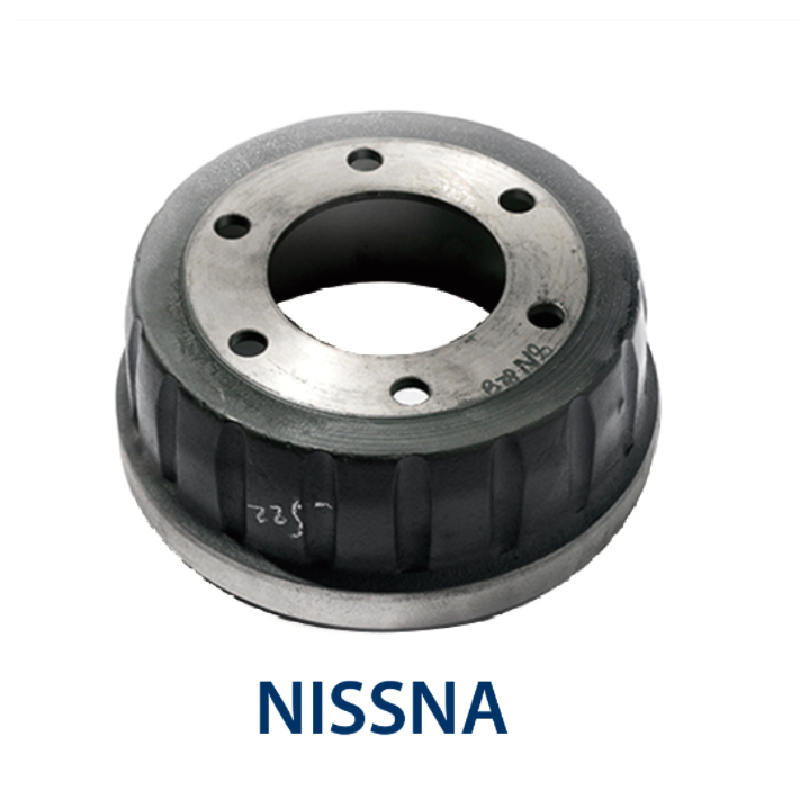Dec . 29, 2024 02:46 Back to list
Three Common Varieties of Drum Brakes and Their Unique Features
Understanding the Three Types of Drum Brakes
Drum brakes are a crucial component of many vehicles, providing reliable stopping power through a relatively simple mechanism. Unlike disc brakes, which utilize a rotor and caliper system, drum brakes operate using a drum and brake shoes. When the driver presses the brake pedal, the brake shoes expand against the inside of the drum, creating friction that slows down the vehicle. There are three primary types of drum brakes single leading shoe, double leading shoe, and duo-servo drum brakes. Each of these designs has its own advantages and applications.
1. Single Leading Shoe Drum Brakes
The single leading shoe drum brake design is one of the simplest forms, usually found on smaller vehicles or early models. In this configuration, only one brake shoe is designed to lead into the drum while the other trails. The leading shoe, which is activated first, pushes against the drum when braking; the trailing shoe assists in creating a braking effect but does not generate as much force.
This type of drum brake is typically lighter and more cost-effective, making it ideal for low-performance vehicles. However, the braking force generated is not as strong as that in other types, making them less suitable for heavier or high-performance vehicles. Applications of single leading shoe brakes can often be seen in smaller cars, trailers, and even in some industrial machinery.
2. Double Leading Shoe Drum Brakes
The double leading shoe drum brake system provides more braking force compared to the single leading shoe design. Both shoes are designed to lead in the same direction, which maximizes the amount of friction generated when the driver applies the brakes. This setup allows for a more efficient braking process, as both shoes contribute actively to slowing down the vehicle.
3 types of drum brakes

Double leading shoe drum brakes are commonly used in heavier vehicles and performance applications, such as trucks and sports cars. The increased friction and braking power reduce stopping distances, enhancing safety and control. However, this design can increase wear on the brake shoes and drum, necessitating more frequent maintenance and replacement.
3. Duo-Servo Drum Brakes
The duo-servo drum brake system is more complex and provides the strongest braking power of the three types. It consists of two brake shoes, similar to the double leading shoe design, but with a critical difference the shoes are mechanically linked. When one shoe engages the drum, it pulls the other shoe in the same direction, increasing the effective braking force.
This design is particularly popular in applications where maximum stopping power is essential, such as in larger vehicles like buses and heavy trucks. The duo-servo system not only delivers superior braking performance but also distributes wear evenly across the shoes. While the initial cost and complexity of this system can be higher, the benefits in terms of performance and safety make it a preferred choice in many heavy-duty applications.
Conclusion
In summary, the three types of drum brakes—single leading shoe, double leading shoe, and duo-servo—each have unique characteristics that make them suitable for various vehicles and applications. Single leading shoe brakes are ideal for lightweight and cost-sensitive applications, while double leading shoe and duo-servo designs cater to heavier and high-performance vehicles. Understanding these differences helps manufacturers and consumers choose the right braking system for their needs, ensuring safety and efficiency on the road. As automotive technology continues to evolve, drum brakes remain a significant component of braking systems, demonstrating the importance of innovation and design in vehicle safety and performance.
-
Scania Brake Drums: OEM Quality for Optimal Safety & Durability
NewsAug.16,2025
-
R.V.I: Advanced Remote Visual Inspection for Precision
NewsAug.15,2025
-
Discover HYUNDA: Innovative Vehicles, Equipment & Solutions
NewsAug.14,2025
-
R.V.I: Unlock Advanced Insights & Real-time Performance
NewsAug.13,2025
-
Kamaz Brake Drum: Durable & Reliable for Heavy Duty Trucks
NewsAug.12,2025
-
Heavy Duty Iveco Brake Drum - Premium Quality & Safety
NewsAug.11,2025
